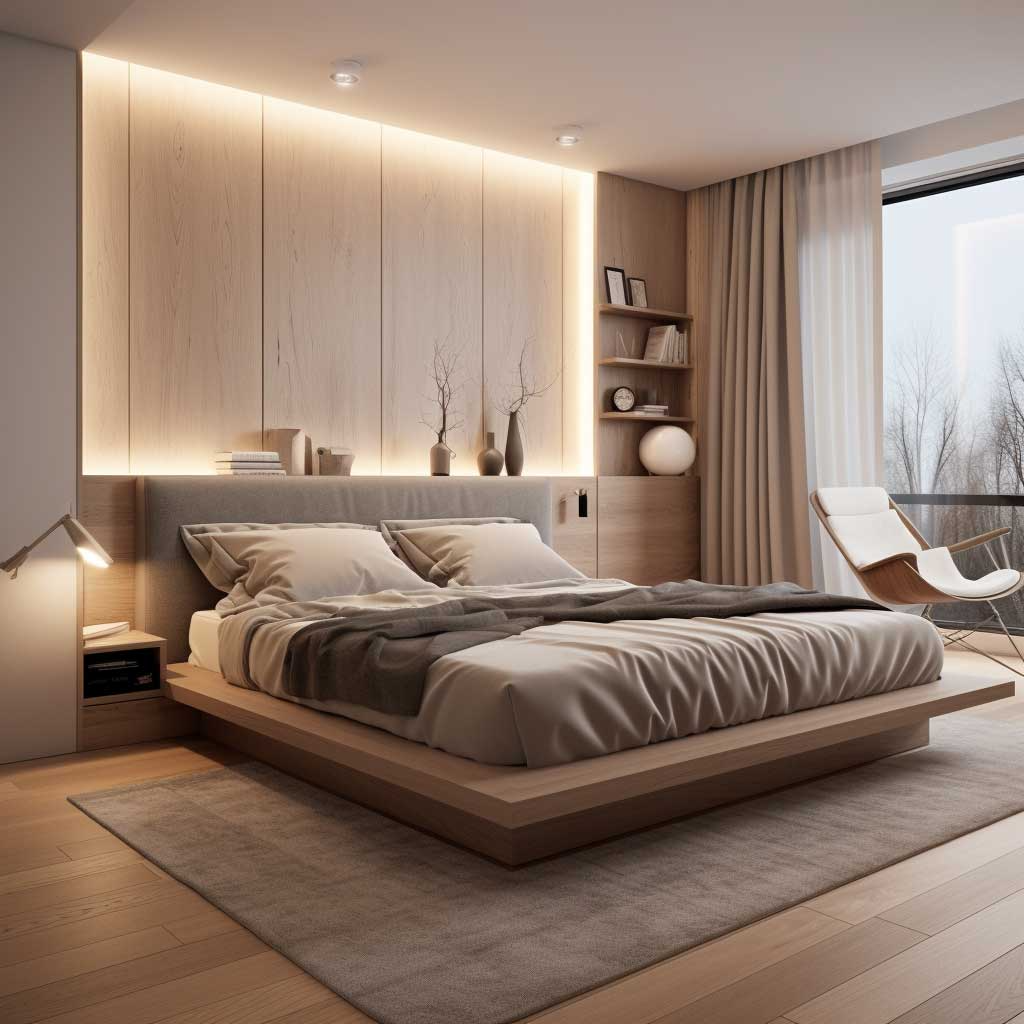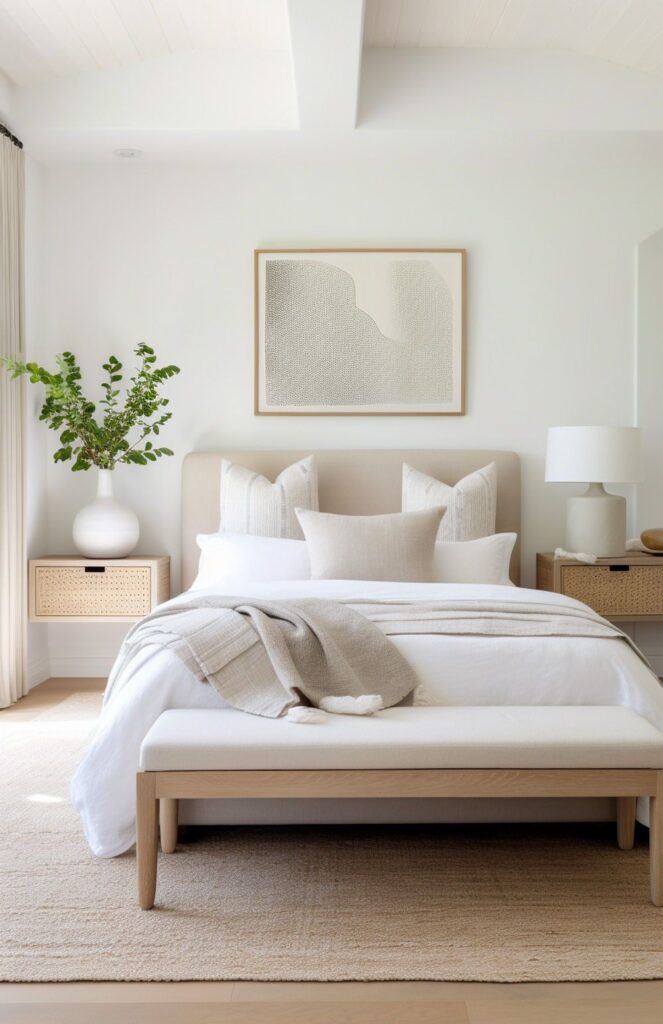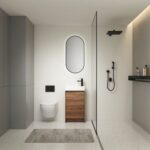
When it comes to designing a small bedroom, it is important to make the most out of the limited space available. By incorporating clever storage solutions such as built-in shelving, under bed storage, and hanging organizers, you can maximize the functionality of the room. Additionally, opting for multi-functional furniture pieces like a bed with built-in drawers or a desk that folds down when not in use can help save space. Choosing a light color palette and utilizing mirrors to create the illusion of more space can also make a small bedroom feel larger and more open. Consider using vertical storage options like tall bookshelves or hanging pendant lights to draw the eye upwards and make the most of the available space. Finally, keeping the room clutter-free and utilizing minimalistic decor can help create a clean and organized look in a small bedroom. By carefully planning the layout and utilizing these design tips, you can create a cozy and functional space in even the smallest of bedrooms.
Having a small bedroom doesn’t mean you have to compromise on style or functionality. In fact, designing a small bedroom can be a fun and creative challenge. One key tip for small bedrooms is to maximize vertical space. Consider adding shelves or wall-mounted storage solutions to keep the floor free of clutter. Utilizing the space above the bed for storage is also a great way to save space.
Another way to make the most of a small bedroom is to choose furniture that serves dual purposes. Opt for a bed with built-in storage drawers underneath, or a desk that can double as a bedside table. This will help to maximize space and keep the room feeling open and uncluttered. Additionally, choosing furniture with legs instead of pieces that sit directly on the floor can create a sense of openness in a small space.
When it comes to color choices for a small bedroom, light and neutral tones are your best bet. Light colors can help make a room feel larger and more open, while dark colors can make a space feel cramped. Consider using accent colors or patterns sparingly to add interest without overwhelming the space. Lastly, don’t forget about lighting. Proper lighting can make a small room feel more spacious and inviting. Consider using a mix of overhead lighting, task lighting, and ambient lighting to create a well-lit and functional space. With some creative design decisions and strategic planning, a small bedroom can be transformed into a stylish and comfortable retreat.
 Decor ideas Style Starts Here
Decor ideas Style Starts Here







